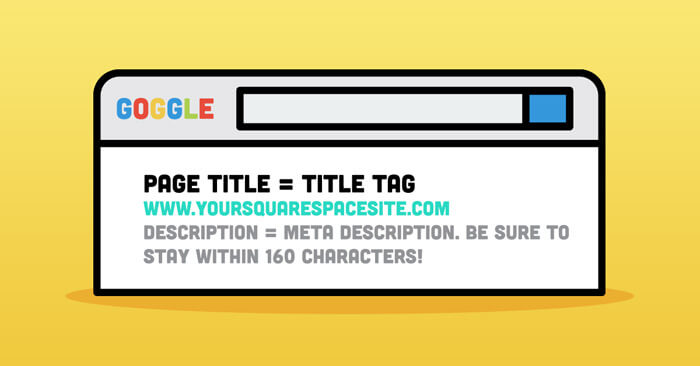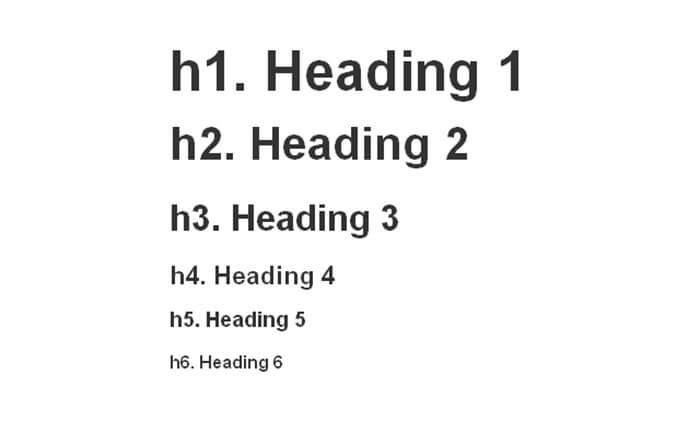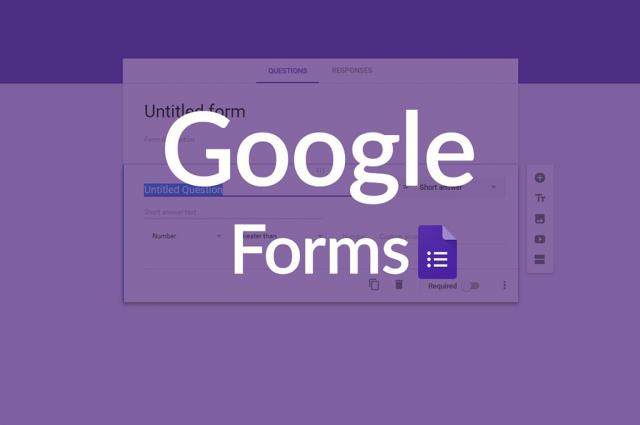Hidden elements can be placed in the HTML source code of web pages that provide search engines (Google) with information about the content of the page.
META tags are HTML elements or text codes that firstly help search engines and secondly website visitors to understand what content is on the website. The meta tag is a general and short description of the website and is not the most recent content on the page. Recently, META data does not necessarily help SEO anymore, but from a human perspective, they greatly contribute to the search visitor understanding what your site is about.
Tartalomjegyzék
How to check META tags?
Anyone can view the META tags on a page by right-clicking on the page and selecting "View source" from the pop-up menu (depending on the browser, "Page source", "Source", "View source", " "Source" as well).
During our website analyses, we always check the existence and proper filling of META TAGs, given that they still play a large role in the website's performance.
What information do META tags store?
META tags can also carry information about the site's coding, language, update frequency, copyright information, author, publisher and, of course, the site's content. From the point of view of search engines, the most important META tags are "title" and "description". In the past, search engine optimization itself was almost exclusively based on the manipulation of these META tags, which is why the misconception that only these META tags need to be modified in order to reach the prestigious positions available in the search engines spread and is still alive today.

The role of META tags in search engine optimization
Since META tags can be used to "suggest" information different from the real content of the page, they were used to deceive search engines in the past during search engine optimization. In other words, keywords and descriptions were placed in it that did not match the real content of the page and the goal was clearly to achieve better rankings.
Over time, Google tried to counter this "trick" by assigning less and less importance to META tags. Nowadays, we are at a point where Google considers the keywords META tag almost at all, and the description tag only to a very low extent, when determining search rankings.
Google's goal is, of course, to ensure that pages with more relevant content appear first during a search, otherwise the visitor will be disappointed in the search engine's effectiveness in the long run. That is why they try to filter out all tricks that are aimed at deceiving the search engine. In the long run, only those pages that really carry an adequate amount of unique and relevant information will remain at the top of the search results lists.
META tags are not visible to website visitors, however, search engines often use META descriptions as a short piece of text that is displayed under the TITLE tag on the search and results page. As mentioned above, META descriptions are no longer an important factor in the ranking of results, but they are extremely important in terms of user click-throughs, since a well-written META tag attracts users' attention and is more likely to be clicked on than one with a meaningless or missing META description. for a hit.
How long can the META description be?
Currently, Google displays META descriptions on desktop machines at 155 characters. And on a mobile device - depending on the screen size - between 130 and 150 characters. Based on what a Google employee said in May 2018, the display of META descriptions is dynamic, that is, it may happen that there is no description under a result, because it could possibly worsen the user experience. However, according to experience, the number of characters mentioned above is authoritative.
It can be said that it is best if the META description of our website is 110 to 130 characters long, so that it will appear in the form we want on both desktop and mobile devices.
Characteristics of an effective META description:
- The information contained in it attracts the attention of users
- It clearly indicates what visitors to our site can expect
- Includes a call to action (CTA)

TITLE - the title of the page
It is not part of the META information, but the existence and content of the page title play a particularly important role from the point of view of search engines. The title of the page is indicated by the TITLE section in the source code.
Every day I come across many websites where even this basic information is not properly filled out. Therefore, the task of online marketing professionals includes checking the existence and content of information intended for searchers that is incompletely filled in by developers.
The TITLE tag is the element that describes the topic of the page. This also appears in the headers at the top of the browser, in the address bar, and on the search and results page. The search engine-friendly TITLE tag has great relevance, and therefore affects the position of the website on the search and results page in the algorithm of search engines. In addition, the TITLE tag appears in bold on Google's search results page, which is why they are of particular importance to users.

The TITLE tag must be relevant to the content of the website. It should include the primary keyword related to the page, thus users are more likely to click on the website, and due to the relevance of the keyword, the user experience (UX) will be appropriate, so in the long term we will also achieve a higher position on the search results page.
Using META Tags in 2020
Why is it still important?
Search engine optimization (SEO) has developed a lot in recent years and the importance of keywords has also changed, but they still play an important role. On the search pages, we primarily look for words, and on the search and results page, we primarily look for these words with our eyes.
Search algorithms understand that users expect to receive results that contain exactly the words they searched for. Although the artificial intelligence of the search algorithms already strives to display the most relevant results for the user, the display of results that match the searched words is still considered primary.
META TAGs
META Keywords tags are still ignored by today's modern web browsers.
The META description has changed several times over the past years, especially regarding character numbers. At the moment, the recommended number of META description characters is 320. Although meta descriptions that are too long are often automatically truncated by Google or the content management systems themselves, it is therefore worth striving for the first 120 characters to be as well worded as possible and to provide as much relevant information as possible. included in relation to our website.
It is important to note that only a third of the websites displayed the exact description, and in 15.4% of the cases, although Google displayed the specified text, it supplemented it with extra words. Automatic "overwriting" is inevitable, the only thing we can do is to reduce the chance of this happening to our website by making sure that the META description is not too short and as relevant and informative as possible.
There are also cases with large websites, such as Wikipedia states that they do not use a META description at all, but rely entirely on the text automatically generated by Google, yet they are in a prominent position in the search engine.
ALT Text
ALT texts help search engines to understand more easily what is in a given image. Although most searches are not directly related to images, the use of ALT texts provides an opportunity for search engines to assess how relevant a particular page is to the search. The more images related to the searched keyword or phrase on a website, the more relevant pages it can recommend to users. For this reason, the user experience (UX) of the website increases, which nowadays has become the most important factor in the ranking of results.

NO INDEX tags
"noindex" tags should be used for subpages that we do not want to be included in the search and result lists of search engines. Therefore, the use of this tag cannot be waived in the case of pages whose content is not public, or we want to display them only to certain users. These are, for example, landing pages belonging to a specific campaign.
Header tags H1 to H6
HTML headers are an important element in search, as they help search engines better understand the content and structure of web pages. Algorithms of search engines rank the content on the website based on the header tags (H1-H6); H1 indicates the highest priority and H6 the lowest priority. We usually use the first two levels, H1 and H2.

"Community" meta tags
Nowadays, almost everyone uses some kind of social network (Facebook, Google+, Pinterest, etc.), and in many cases the majority of visitors come to websites from social networks. With the help of social meta tags, we determine how a specific page of ours appears on social media when it is shared. With their use, we control what title, image and description will appear.
Summary
Nowadays, the role of META members has changed. 7-8 years ago, they were one of the most important ranking factors of search algorithms, but today they have become only the umpteenth factor in determining our position on the search and results page.
However, they still play a huge role in attracting users' attention and clicking on our website. If you are uncertain about the performance of your website, I recommend a website analysis, which highlights, among other things, the shortcomings of the META data.




